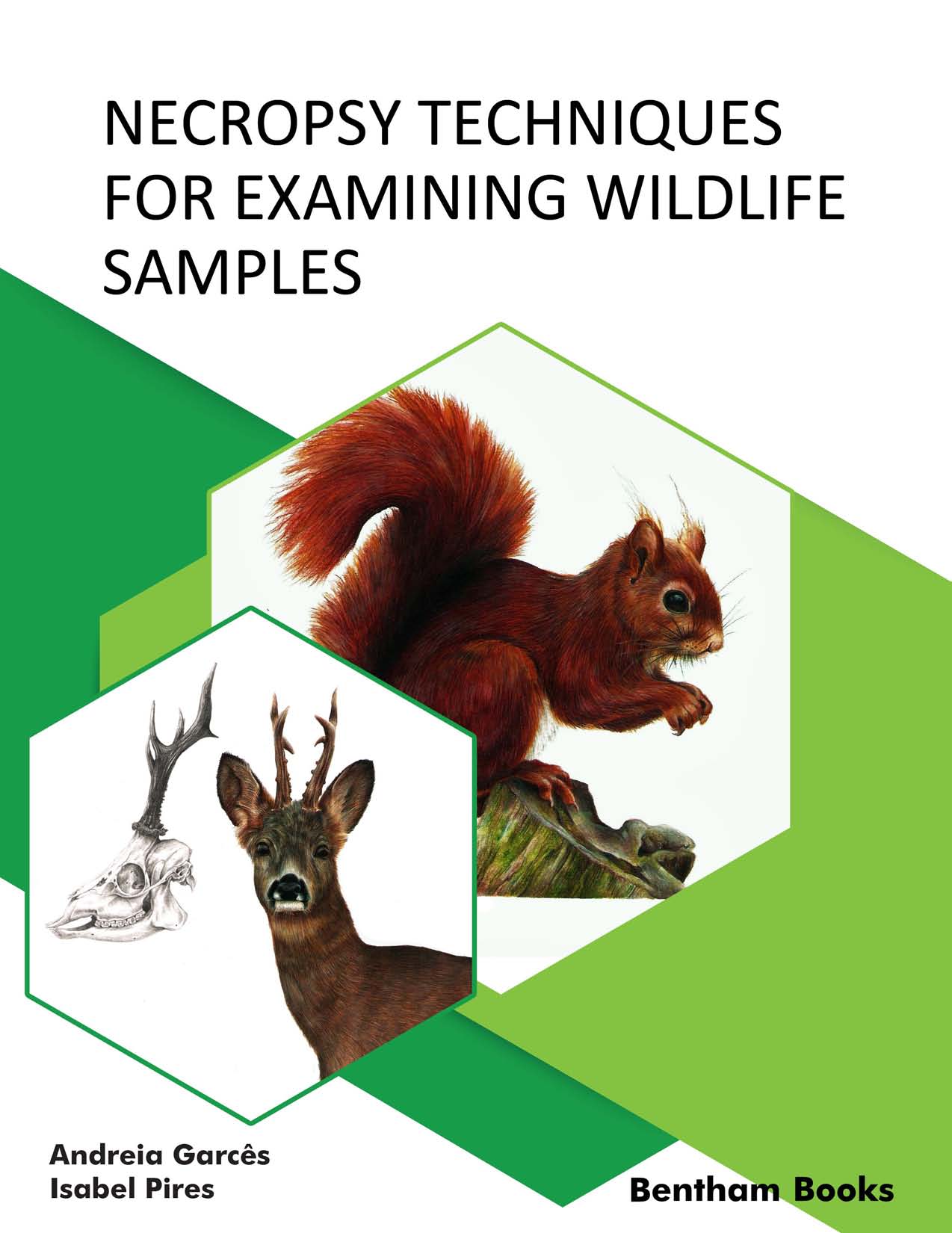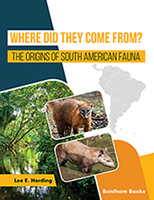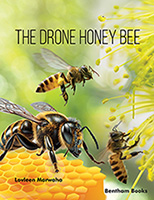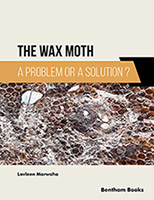Post-mortem examination is an essential tool for determining the cause and circumstances of death. Even in the era of molecular pathology, necropsy remains the most valuable tool for understanding the whole organism and the disease.
In wildlife, the knowledge obtained from necropsy is much more comprehensive not only in pathology but also in several areas of biology (e.g. virology, microbiology, genetic). The correct interpretation of the phenomena surrounding the death can contribute to the identification of new diseases, re-emerging diseases, to the preservation of wildlife by identifying risk factors and threats to species survival. This should always be applied in a global health context.
One of the critical points of the wildlife necropsy is the knowledge of anatomy, physiology and pathology of the different classes, and ultimately of a particular species. A necropsy of a different species is always challenging. Therefore, we try to apply and teach students of veterinary medicine and biology, some basic assumptions for maximizing wildlife necropsy success:
- Death is not the end, but a new path to generate knowledge that is essential for the preservation of life itself. The collection of samples for further exams is fundamental;
- It is necessary to look for the unity in the diversity of species, lesions and diseases
- It is required to find the diversity of lesions in the unity of one etiological agent;
- Different lesions could represent different expressions of the same disease in different species.
- Similar macroscopic features could represent lesions or non-lesions according to the animal species;
- The death of each animal has its language. The challenge of every post-mortem exam is the comprehension of the message that each cadaver can transmit to us.
- The necropsy of wildlife takes us far beyond an individual diagnosis. The correct interpretation of lesions can be applied in the study of populations and ecosystem health.
In this publication, the authors' aims to provide a practical, easily accessible guide of necropsy techniques in wildlife, addressing briefly some of its peculiar characteristics. It is mainly intended for students and professionals of biology and veterinary medicine areas. Being easy to consult, it also intends to be an auxiliary to professionals who work in natural parks, wildlife rehabilitation centres, biological or zoological parks, alerting to the importance of necropsy in the wildlife. More than an anatomoclinic necropsy, with the objective of reach a diagnosis, the necropsy in wildlife is a unique moment to understand not only the death but also the life of the dead animal and its species and the health of its ecosystem.
To make the necropsy technique more didactic, in addition to a great diversity of animal images and techniques, schemes designed by one of the authors (Andreia Garcês) were provided.
CONSENT FOR PUBLICATION
Not applicable.
CONFLICT OF INTEREST
The authors confirm that there is no conflict of interest.
ACKNOWLEDGEMENT
Declare none.
Isabel Pires
CECAV, Department of Veterinary Sciences,
University of Trás-os-Montes e Alto Douro,
5000 Vila Real,
Portugal
isapires@gmail.com
&
Andreia Garcês
CITAB – University of Trás-os-Montes and Alto Douro,
Vila Real,
Portugal
andreiamvg@gmail.com




